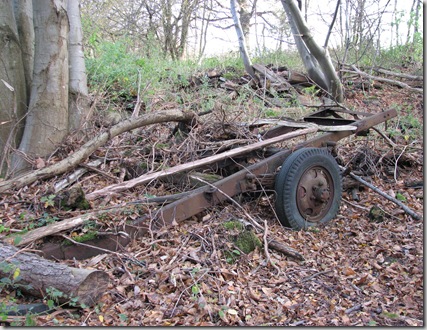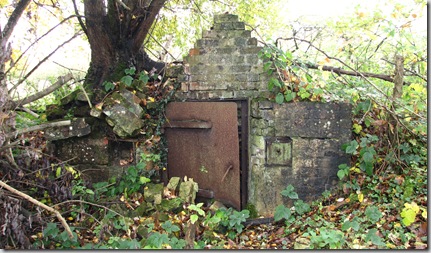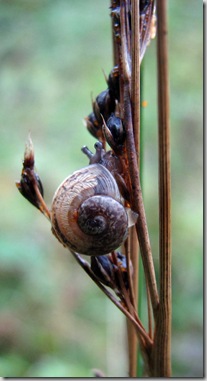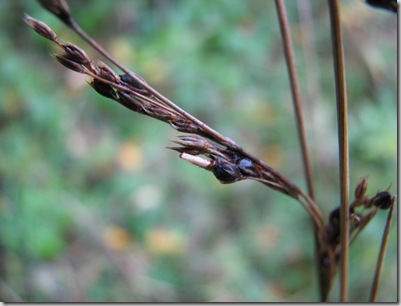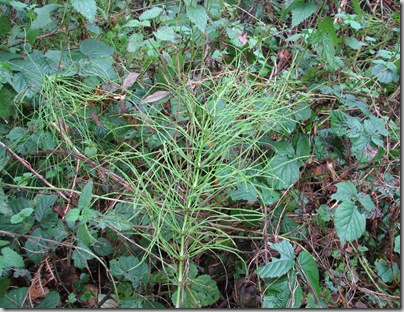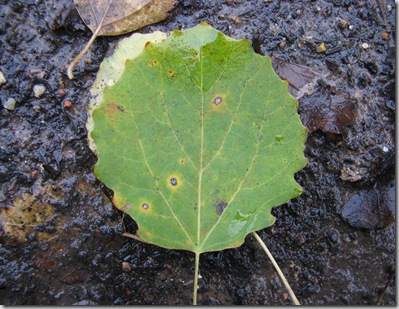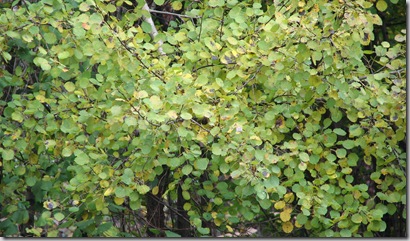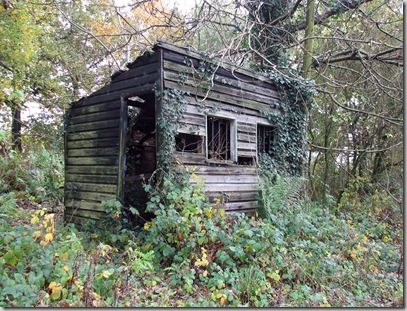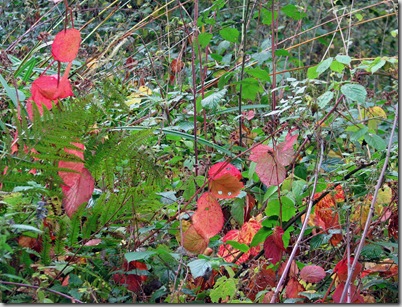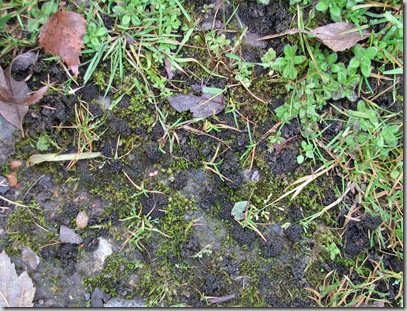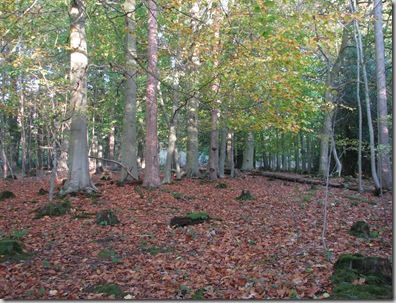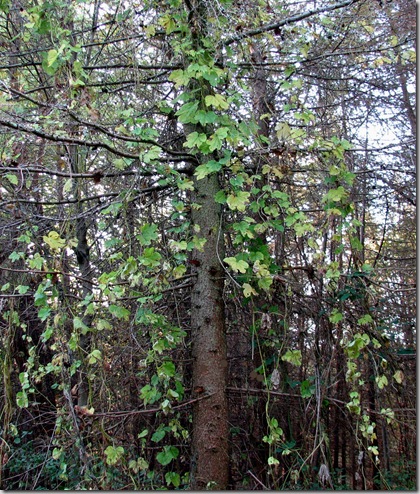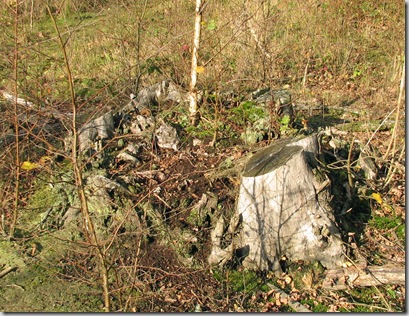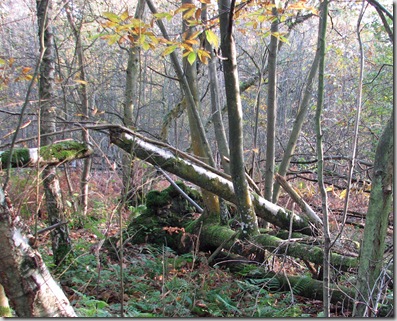Just south of Brede High Farm on the south east of the track down to the reservoir is a small planting of the South American roble beech (Nothofagus obliqua) with wild cherry (Prunus avium) and field maple (Acer campestre). There is a photo of the leaves below.

Roble beech, one of the southern beeches, was possibly introduced to Britain in 1849 but the first confirmed record was in 1902. Commercial plantations were established from the 1930s onwards. It was recorded from the wild by 1956 (Preston et al., 2002).
Its native range is central Chile across to western Argentina and it makes a large forest tree in both countries. It can be a dominant species in old growth forest. The timber is much used there for furniture, building and other purposes. There is a nice picture of roble beech in a Chilean landscape here:
http://www.flickr.com/photos/tim-waters/335600904/sizes/l/
At present the species does not seem to have a high profile in terms of commercial forestry, but Evans (1984) recommended it as a firewood coppice species harvested on a fairly short rotation and highlighted some of its possibilities as a timber tree. He also said that southern beeches were among the fastest growing deciduous broadleaves in Britain and heralded them as one of the most promising for extensive use in plantations here. However, this supposed potential does not seem to have been realised and may have withered with the increasing lack of enthusiasm for non-native plants in commercial forestry.
In order to allay any fears that southern beeches might not support a rich biodiversity, Evans mentions two papers on fauna and flora associated with them in Britain. One is a by Welch (1980) which reports a varied insect fauna on these species and the other is an unpublished report by D. I. Wigston (1980) on plants in Nothofagus plantations with the spectacular title A preliminary investigation of the ecological implications of the introduction of species of Nothofagus Blume into British forestry with particular reference to the ground flora under established canopies of N. obliqua and N. procera.
Not much left to chance there.
REFERENCES
Evans, J. (1984) Silviculture of Broadleaved Woodland. Forestry Commission Bulletin 62., HMSO, London.
Preston, C. D., Pearman, D. A. & Dines, T. D. (2002) New Atlas of the British and Irish Flora. Oxford University Press.
Welch, R. C. (1980) The insect fauna of Nothofagus. In Institute of Terrestrial Ecology Annual Report for 1980: 50-53. Natural Environment Research Council
